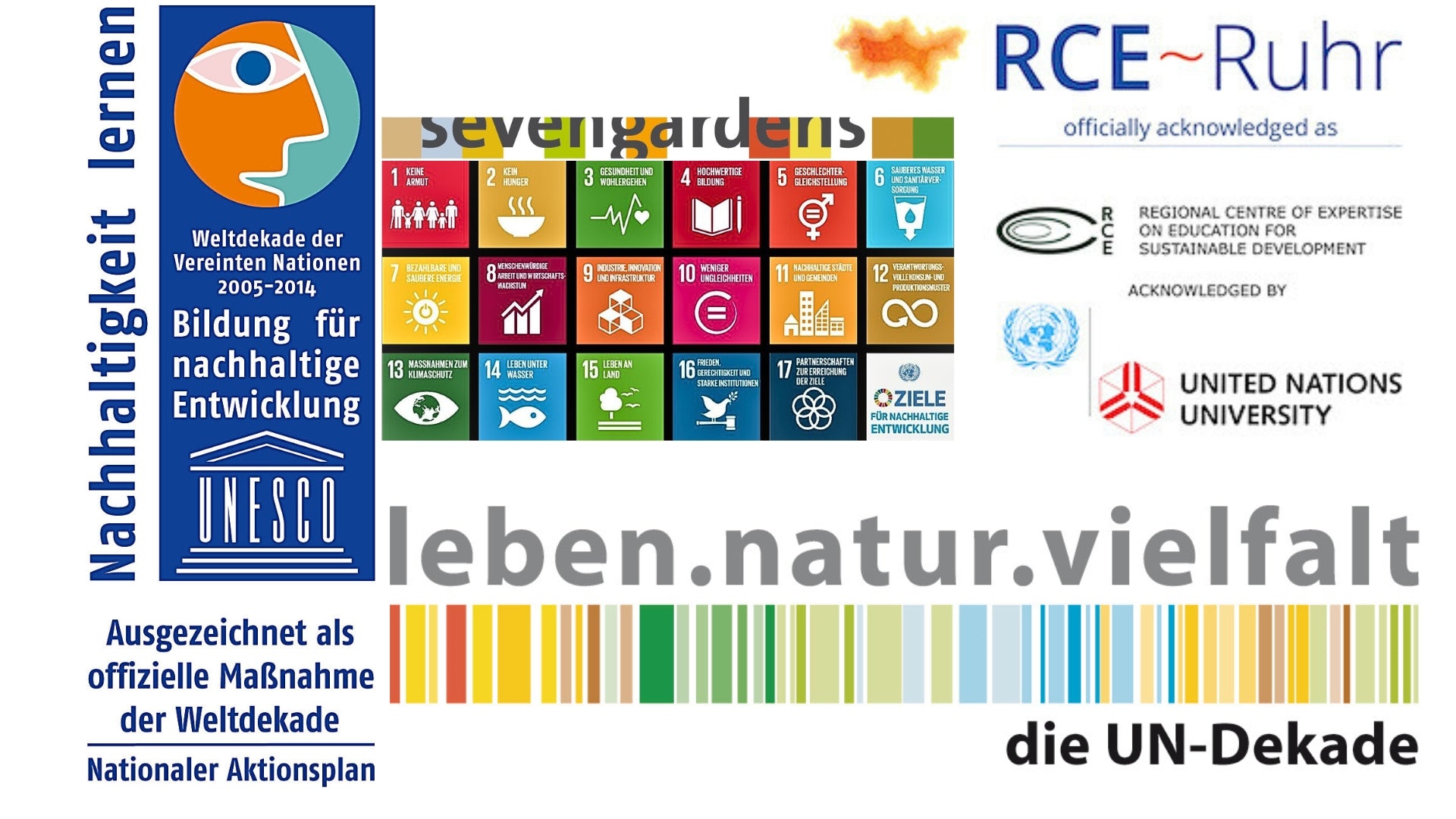Episode 1: Make a flower meadow
The sun beat down on the empty lawn, so hard and barren that even an earthworm would have abandoned it immediately. Maya buzzed over the desolate landscape and sighed. "Mojo, this is worse than a honey pot without honey. No nectar, no flowers, not even a shred of life."

Mojo plopped down on a tiny, yellow tuft of grass that almost collapsed under his weight. "I'm telling you, Maya, that's not even a lawn. It's a green tablecloth for people who have no idea how a garden works."
"But why do people do this?" Maya asked, circling the area. "It's not even good for the soil."
"Because it looks tidy," Mojo explained dryly. "And they think it's easy to maintain. What it really is is an ecological desert."
A new idea
Suddenly, a group of children appeared—carrying shovels, rakes, and a large, washable piece of limestone paper. Maya hummed excitedly. "Mojo, look! Maybe something exciting is finally happening here."
"Hmm," Mojo muttered. "Or they brought new lawnmowers."
The children gathered in a circle, and the teacher spoke: "Today we begin our school garden project. First, we will observe this area and consider how we can transform it into a living garden."
"Observe!" Maya exclaimed enthusiastically. "This is the first step in permaculture!"
"Yes, yes," grumbled Mojo. "Smart bees and smart people know that nature reveals everything if you just look closely."
Observe and plan
The children began to examine the area. Some knelt down, felt the soil, and let it trickle through their fingers. "The ground here is quite hard," said one boy. "And it looks very dry."
"The sun shines all day here," a girl cried. "But there's some shade over there."

"And look here," said another child. "There are places where the rainwater seeps away. Maybe we can use that."
The teacher encouraged them: "Write down your observations and add them to our sketches. Think about the sun, the soil, the water—everything is important."
Maya and Mojo hovered over the children, observing their emerging drawings. "You're doing it exactly right," Maya said proudly. "Observe first, plan later. That's the key to permaculture."
"Well," Mojo grumbled. "If they keep this up, they might even impress me."
The transformation of the flower meadow
After the sketches were finished, the children decided to start with a flower meadow. The teacher explained, "Wildflowers grow best in nutrient-poor soil. We'll loosen the soil, remove the grass, and then sow the seeds."
The children worked with shovels and rakes to remove the top layer of turf. Some brought small stones and twigs to stabilize the edge of the area. Others scattered a mixture of wildflower seeds: cornflowers, chamomile, marigolds, and yarrow.
"Look at this, Mojo!" Maya exclaimed. "The wildflowers are perfect for pollinators like us. And they require hardly any maintenance."
"Well, I guess this is better than grass just waiting to be mowed," Mojo admitted. "Besides, people will be excited when they see the first flowers. Beauty is their thing, after all."
The children covered the seeds with a light layer of soil and carefully watered them with rainwater collected from a rain barrel.

The beginning of a garden
By evening, the area was transformed. The barren lawn was gone, and the children stood proudly in front of their work. "It will take time for the flowers to bloom," said the teacher, "but this is the first step toward a vibrant garden."
Maya and Mojo buzzed around the area, humming contentedly. "This will be a paradise for us bees," said Maya. "And for so many other creatures."
"Yes," Mojo agreed. "It's amazing what a little knowledge and a lot of drive can accomplish. Maybe this will work after all."
The two bees flew into the twilight, ready to accompany the next step in the permaculture school garden – and, of course, to give their comments.







